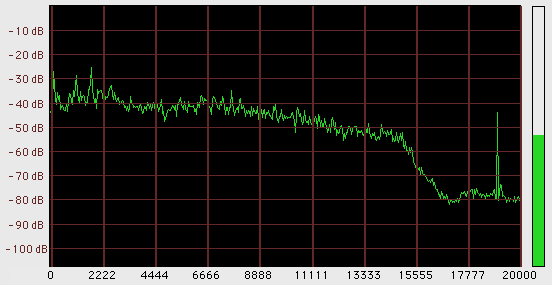

Apparently, the brightness grid lost power a bit earlier than the rest of the circuit and with it out of the way - or perhaps, partially out of the way - the picture was fine until the rest of the circuit also lost power. With the bulb open, the negative brightness grid provided an impassible barrier to the electrons. The short 600V pulses would hardly notice the light bulb but if too much current or time elapsed, the resistance of the bulb would rise preventing too much current from flowing for too long. However, the unknown Xerox power supply designer used that effect as a current limiter. This effect - known as inrush current - is the scourge of designers trying to turn on light bulbs with transistors or other electronic switches. As the current flows, the filament gets hot and the resistance goes up. An incandescent filament starts off as almost a dead short and draws a lot of current for a very brief time. In real life, it is a bit more complicated. On paper, a light bulb lights up when you put current through it. Repairing the broken lead to the bulb put the monitor back in operation. It measured open and that turned out to be due to a broken lead. A 28V device about like a flashlight bulb. There was a small lightbulb in the grid voltage circuit. The voltage derived from the high voltage supply but, mysteriously, the high voltage was fine. He found that the CRT grid voltage wasn’t present during operation.

If you are too young to remember all that, covers the details in his post. It also means you have high voltage and drive on the electron guns. So a perfect picture means you have vertical and horizontal sweep all at the right frequency. What did surprise him, though, is that when he turned the monitor off, a perfect picture appeared for just a split second as the unit powered off. tried to connect a Xerox monitor to the Alto and - since it was almost as old as the Alto - he wasn’t surprised that it didn’t work. However, some designers like to take advantage of those imperfections, something our old friend noted when he was restoring the CRT of a Xerox Alto. Wires have resistance, resistors have inductance, and capacitors have resistance. In the real world, components don’t work like we imagine they do.


 0 kommentar(er)
0 kommentar(er)
